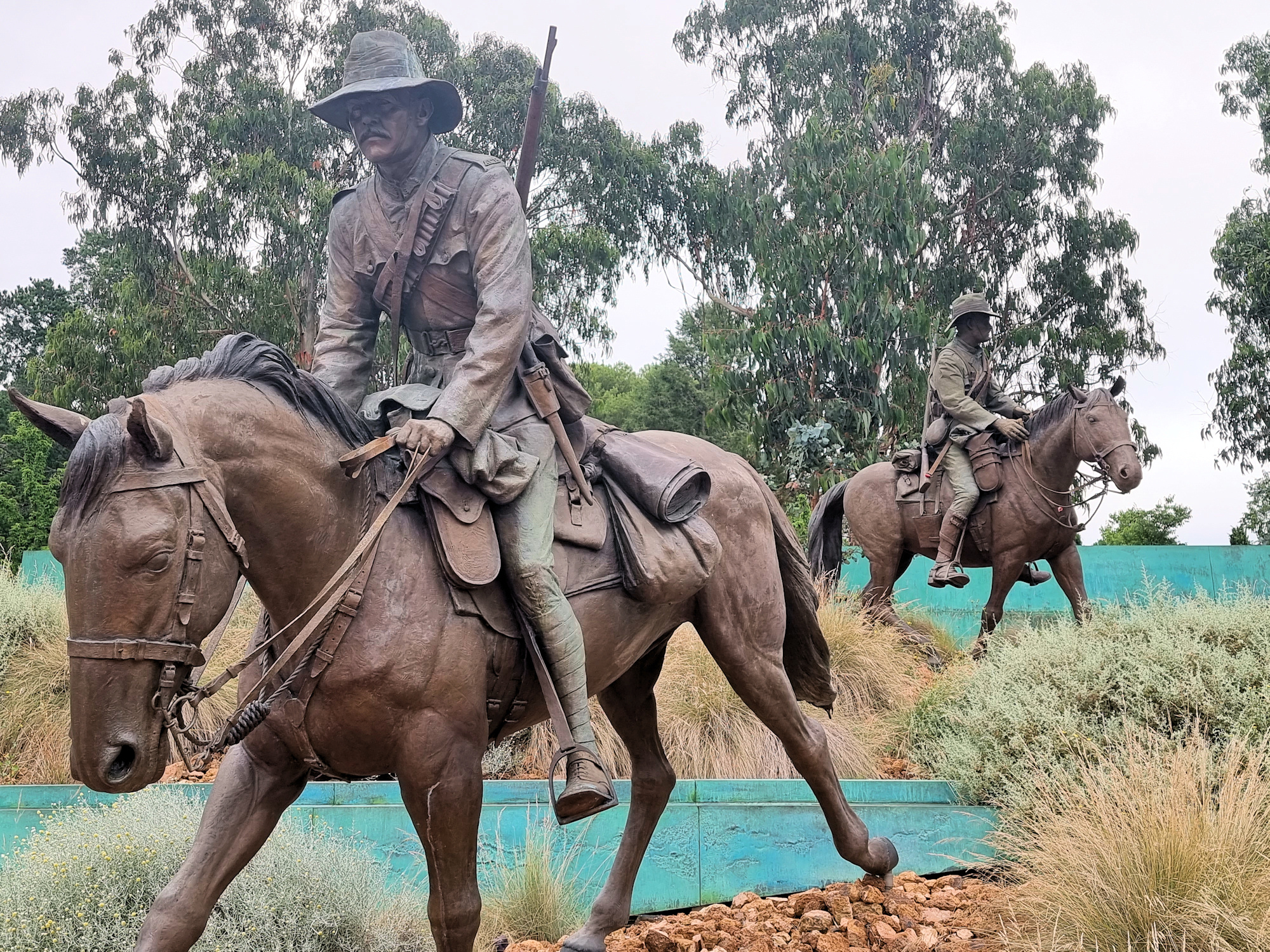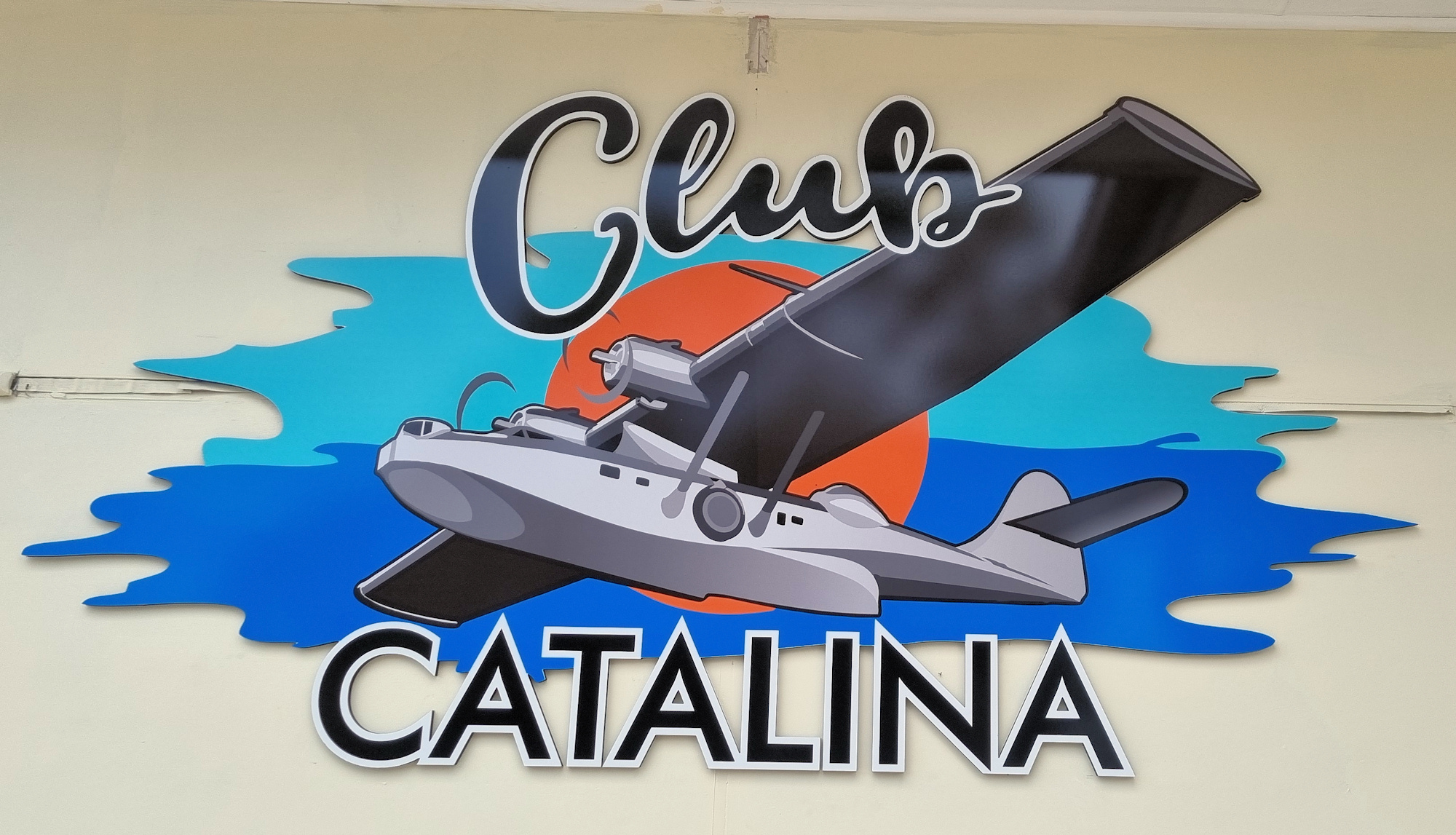Tag: Royal Australian Air Force
-
ANZAC Parade Memorials Canberra

ANZAC Parade Memorials Canberra Leading up to the Australian War Memorial, ANZAC Parade in Canberra contains memorials honouring those who served in Australia’s armed services. The best way to see all of the monuments is to walk the length of the Parade. We parked in the Constitution Avenue car park, so that we could walk… Read more
